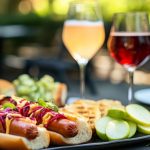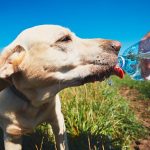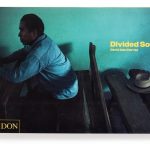By
Vic Poulos
Wine has appeared in art for centuries. But from its inception, winemaking has been thought of as both art and science.
We all hear that medicine is both a science and an art.
But winemaking?
Wine is a unique combination of both art and science – one that we can all enjoy without a degree in medicine, engineering or enology (making wine). However, when studied in its components, wine is a challenge in both science and art in seven basic steps. The seven steps include:
- Growing the grapes
- Harvesting at the right moment
- Crushing and pressing
- Fermentation
- Filtering and clarification
- Aging and bottling
- The wine label itself
Let’s begin this journey of wine juice with the adage: “You can’t make good wine out of bad grapes, but you can make bad wine out of good grapes.”
It all begins with farming.
Good grapes for wine require science in soil, vineyard orientation, the number of vines per acre, and watering control. However, it’s an art to determine when the grapes have reached the proper stage to harvest, usually based on the winemakers’ scientific test of sugar level or “brix,” as it is called, and an instinctive or artful judgment as to color, ripeness, and taste (including seed taste).
Science rules, but knowing exactly when to harvest will determine the quality of one’s wine.
Once the grapes are harvested, the pressing of the wine after destemming becomes science when one determines the pressure of the press and the quantity of juice to be gained from the harvested grapes.
Is your goal quantity or quality when pressing?
To ensure quality and not quantity, I press our grapes to achieve about 150 gallons of wine per ton of grapes. Once pressed, the producer’s art begins in determining the level of alcohol, the choice of yeast and the length of storing in barrels, along with the art of choosing barrel makers and the level of “toasting” by the cooperage.
Fermentation itself is clearly science. Length of fermentation, temperature, and the number of times per day the winemaker pumps the wine over the skins rising to the top is an art that determines the color and intensity of the wine, both red and white.
Winemakers are required to adhere to strict protocols of science, regulations, and laws on determining additives and preservatives. Recent new world advancements in sanitation, equipment, data, and testing methods in the lab add a scientific level to the art of how much time the wine spends on the skins in maceration, at what temperature, and whether in closed or open tanks. While this stage of winemaking is seldom mentioned to consumers, the art of blending and aging in barrels is romanticized by the press.
While economic considerations play a role in the use of barrels, the art of taste, style, and a winemaker’s preference becomes paramount once their economic limitations are made clear by the winery CPAs.
A nice barrel from the U.S. costs one half of a barrel from France or eastern Europe. The sourcing of bottles is a blend of science based on how much they cost, and the art of form and color. While labels may run from $.50 to over $1.00, depending on quality, quantity of paper, this science of pricing becomes secondary to the marketing quality of the art of the labels.
Wine label art is a study of its own.
From the “critter phenomenon” of animals on the label to emphasizing the geographical location of the winery, to stating the varietal and alcohol level, not to mention the ever-present science of the government warning on pregnancy, the sulfite level and recently the calories or organic nature of the wine has become somewhat of a producer’s nightmare. While I believe a label should contain a warning that “drinking this wine can lead to pregnancy” the U.S. government requires the typical warning not to drink wine while pregnant- which of course should be heeded.
Winemaking in education is clearly science.
Viticulture, farming, and winemaking are sciences, while the coalescence of the wine with its local history and culture is art.
Whether winemaking is art or science continues to be debated, and is dependent on the winemaker, the winery brand and certain economic and climate factors, the better wines are a combination that requires a perfect balance of art and science. Wine has been featured in artworks from medieval tapestries to still life to modern art. Wine art itself is a visual suggestion of taste, divinity, work and enjoyment.
Now the most important part of wine – drink what you like and enjoy. Not what some so-called wine “expert” tells you that you should like or enjoy! So have a drink to both art and science!
Salud.
















